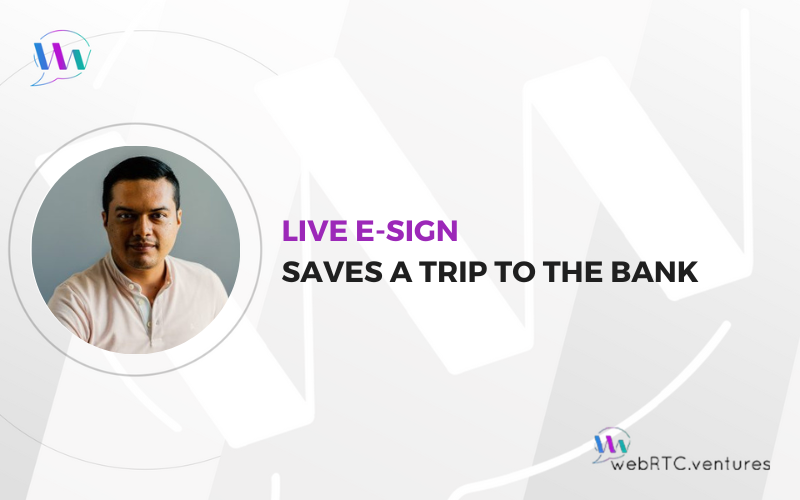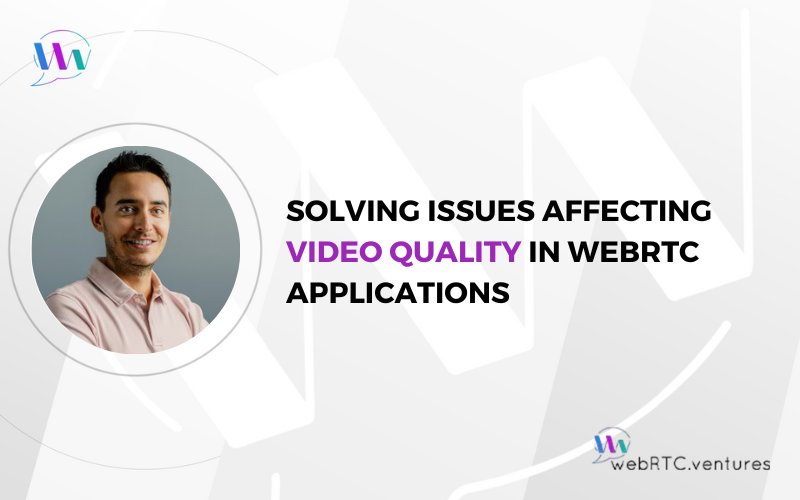
From ordering food to shopping for goods and even meeting the love of our lives, the ability to conduct activities online has revolutionized lives. WebRTC is an important actor in this equation as it provides the building blocks for developing the real-time communication applications for web and

A job board acts as the matchmaking app of the career world, where companies and candidates swipe right on their ideal professional connections. Organizations want to select the most qualified candidates to join their workforce. Candidates want to know more about the company and the open role,

WebRTC is a technology that bestows modern web applications real-time communication capabilities. It facilitates encrypted, seamless communication of video, audio, and data. Its uses range from video conferencing to workplace collaboration tools to broadcasting, and so much more. The power of remote communication lies in its ability

A common issue we solve for clients here at WebRTC.ventures is how to get better quality video in WebRTC applications. A common and understandable question: If we can get 2K, 4K and above on YouTube videos, why can’t we easily get the same in a WebRTC application?






